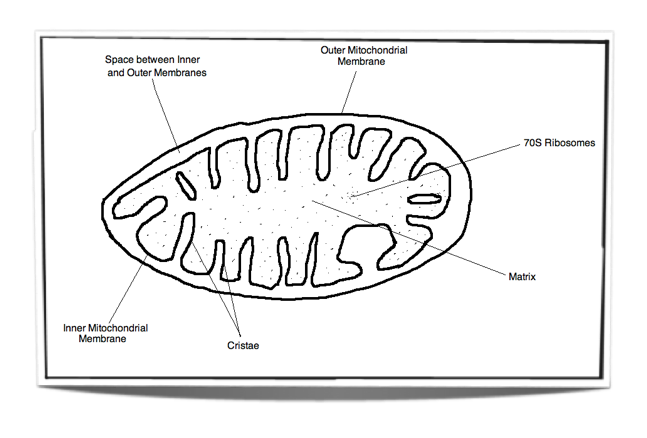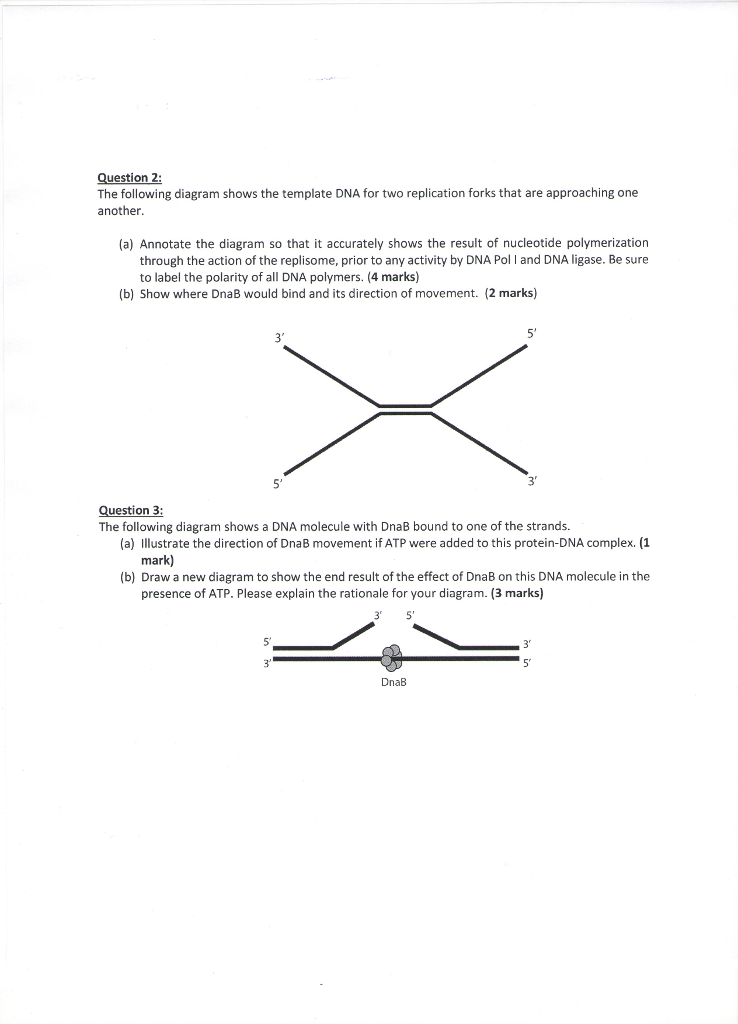40 draw and label atp molecule
ATP Diagram | Quizlet a lower-energy molecule that can be converted into ATP. Tri. three. Di. two. ATP Cycle. a cycle that converts ADP into ATP & ATP releases energy and turns into ADP. ... 20% recombinants in the second cross, and 13% recombinants in the third cross. Draw a map placing the genes in the proper order and give the distance between each gene in map ... PDF worksheet chemical energy and ATP Identify the parts of an ATP molecule below: (Label adenosine, ribose, and phosphate molecules) 6. How is energy stored in the ATP molecule? 7. What happens to the ATP molecule when a phosphate group is removed ? (what does it turn into?) 8. Draw a diagram below showing the cycle of ATP and ADP below (see Figure 4.2 on page 101) 9.
ATP molecule | Giáo dục ATP molecule. Sheedy. 2k followers . Structure And Function ... Draw. Blog of illustrator and designer Shannon May. Joelle Leung. Illustration & Drawing. Cell Biology. Ap Biology. Science Biology. Life Science. ... Atp Biology. Molecular Biology. Electron Transport Chain. Light Purple Background.

Draw and label atp molecule
PDF Name: Date: 1)Draw an ATP Molecule and label all its parts. 1)Draw an ATP Molecule and label all its parts. a)What does "ATP" stand for? 2)What is ATP used for in a cell? Big concept, not specifics… 3)How do you get energy out of an ATP molecule? Either diagram it or write it out in a sentence or two. 4)How do you store energy in an ATP molecule? What are three parts of an ATP molecule? | Socratic 1 Answer Acquaintance Nov 22, 2016 Adenine, Ribose, and three Phosphate groups. Explanation: ATP molecules are used by all living organism as energy to carry out life functions. Also notable, ATP stands for Adenosine Triphosphate. This molecule is composed of three parts: Adenine Ribose Three Phosphate Groups Here is a picture: Answer link Draw and label the structure of the atom - slidetodoc.com The number on each of the shells. 3. The number of shells tell us the period the atom is found in. 4. The last number tells us the group it is in. Draw an electron shell diagram for sodium. State the number of electrons, neutron and protons found in Na, F, Cl, Mg and H. Add to the 5 elements above the period and the group it is found in. 6 QER.
Draw and label atp molecule. Draw and label an ATP model please - Brainly.com Oct 09, 2019 · In a process called cellular respiration, chemical energy in food is converted into chemical energy that the cell can use, and stores it in molecules of ATP. This occurs when a molecule of adenosine diphosphate (ADP) uses the energy released during cellular respiration to bond with a third phosphate group, becoming a molecule of ATP. SOLVED:Hand draw (pen, pencil, crayon, etc) and label the structure of ... SOLVED:Hand draw (pen, pencil, crayon, etc) and label the structure of a molecule of ATP (not a mitochondrium). Identify which specific part of the molecule produces the energy to facilitate metabolic processes, and how that happens, in your own words. It doesn't need to be highly technical. There is no partial credit. How do you draw a nucleotide and label its three basic parts? Explanation: The above structure is a nucleotide. It consists of a: phosphate group. 5-carbon sugar, and. nitrogenous base. ATP AND BIOLOGICAL ENERGY - Estrella Mountain Community College This covalent bond is known as a pyrophosphate bond. We can write the chemical reaction for the formation of ATP as: a) in chemicalese: ADP + Pi + energy ----> ATP. b) in English: Adenosine diphosphate + inorganic Phosphate + energy produces Adenosine Triphosphate. The chemical formula for the expenditure/release of ATP energy can be written as ...
adenosine triphosphate | Definition, Structure, Function, & Facts adenosine triphosphate (ATP), energy-carrying molecule found in the cells of all living things. ATP captures chemical energy obtained from the breakdown of food molecules and releases it to fuel other cellular processes. Cells require chemical energy for three general types of tasks: to drive metabolic reactions that would not occur automatically; to transport needed substances across ... The GTP Molecule -Chemical and Physical Properties GTP Molecule GTP (also known as guanylyl imidodiphosphate, guanosine-5'-triphosphate, or guanosine triphosphate) is a chemical compound (nucleotide) that is incorporated into the growing RNA chain during synthesis of RNA and used as a source of energy during synthesis of proteins. For 3-D Structure of the GTP molecule using Jsmol Click here Adenosine Triphosphate (ATP) - Definition, Structure and Function Structure of ATP This is a structural diagram of ATP. It is made up of the molecule adenosine (which itself is made up of adenine and a ribose sugar) and three phosphate groups. It is soluble in water and has a high energy content due to having two phosphoanhydride bonds connecting the three phosphate groups. Functions of ATP Energy Source The ATP Molecule -Chemical and Physical Properties The Adenosine triphosphate ( ATP) molecule is the nucleotide known in biochemistry as the "molecular currency" of intracellular energy transfer; that is, ATP is able to store and transport chemical energy within cells. ATP also plays an important role in the synthesis of nucleic acids. For 3-D Structure of this image using Jsmol Click here
PDF The Structure Adenine and Hydrolysis of ATP - NSLC • ATP is a renewable resource that is regenerated by addition of a phosphate group to adenosine diphosphate (ADP) • The energy to phosphorylate ADP comes from catabolic reactions in the cell • The ATP cycle is a revolving door through which energy passes during its transfer from catabolic to anabolic pathways ATP and ADP: Definition, Formation, Examples I ResearchTweet ATP to ADP Energy Release As the ATP molecule consist of 3phosphate molecule and an adenine molecule, thus when ATP is converted to ADP, a phosphate molecule is lost in this process. The reaction can be written as ATP → ADP + P i Thus, this reaction results in energy released which is used by the cells to perform the biological process. Solved 1. Draw and label an ATP molecule. Using your drawing - Chegg 1. Draw and label an ATP molecule. Using your drawing as a diagram, explain how ATP molecules release energy. 2. How is ADP different from ATP? ADD has 2 phosphate ATP has 3 phosphate 3. Explain why glucose is important. groups groups 4. What is glucose broken down into during glycolysis? 5. Where does glycolysis occur? = 6. Model of ATP Molecule | Perkins eLearning Preparation: Build an ATP Model First, build your five-carbon sugar, RIBOSE. Use five Popsicle sticks, and hot glue them into a pentagon. Then, hot glue cotton balls on each corner of the shape. Next, build the base, ADENINE. This is going to look like one pentagon and one hexagon stuck together on one side.
Solved 1) Draw a molecule of ATP, making sure to include and - Chegg 1) Draw a molecule of ATP, making sure to include and label the adenine, ribose, and three phosphates. 2) Discuss ATP's function as an energy molecule. Specifically discuss: how many phosphate groups would need to be removed from ATP to create the following molecules: Adenosine, AMP, and ADP.
Photosynthesis: ATP and ADP Cycle - bealsscience ATP is one of the most important compounds inside a cell because it is the energy transport molecule. ATP (Adenosine TriPhosphate) is considered a transporter of energy because when one of the phosphate groups is broken off, turning it into Adenosine DiPhosphate (the Tri means 3 phosphate groups, the Di means 2 phosphate groups).
1. Draw and label the parts of an ATP and ADP molecule. . 2. Explain ... ATP is a form of nucleotide structure which is mainly responsible for providing or driving the energy present in stored form from one point to another, through various chemical reactions. ( Metabolic pathways). It is mainly composed of three parts: A nitrogenous base, adenine, The sugar molecule, ribose. A chain of three phosphate group.
Ch.8 Test Flashcards | Quizlet Draw and label an ATP molecule with all of its components. ... What are the three parts of the ATP molecule? Adenosine ribose and 3 phosphates. What does chlorophyll make plants green? Absorbs all spectrums of light except green.
CR Study guide.pdf - 1. Draw and label an ATP molecule.... Draw and label an ATP molecule. Using your drawing as a diagram, explain how ATP molecules release energy (including the enzyme responsible). 2. Why is ATP important? ATP is important because it supplies energy for our cells; without it we would not have the energy to grow, move, etc.Ribose PAdenine P
Unit 7.pdf - 1. Draw and label an ATP molecule. Make sure... 1. Draw and label an ATP molecule. Make sure to include the 3 parts. 2. What is the process called when a phosphate is added to the ADP molecule a. Photosynthesis b. Phosphorylation c. Permeability d. Precipitation 3. The metabolism (breakdown) of ________________ in the mitochondria provides the energy for the phosphorylation of ADP. a. ATP b.
What is the Structural Difference Between ATP and ADP An adenosine triphosphate (ATP) is a high-energy molecule that stores energy. It is considered as the energy currency of life. All physiological mechanisms are powered by the energy stored in ATP. ATP can be found in both cytoplasm and nucleoplasm of the cell. More than 2 x 10 26 ATP molecules are daily produced inside the cell.
Energy, ATP, and ADP (HS Tutorial) - learn-biology Energy, ATP, and ADP (HS Tutorial) 1. Introduction. In the last tutorial, we looked at. what energy is, some key forms of energy, and. how energy can be transformed from one form to another. In this tutorial, we'll look at how living things can power their life processes by using the chemical energy of ATP: life's energy carrier.
Structure of ATP - Learn Insta Both ATP and ADP are composed of a ribose sugar, adenosine, and phosphate groups. ATP molecule is composed of three phosphate molecules while ADP is composed of two phosphate molecules. ATP is composed of ribose, a five-carbon sugar, three phosphate groups, and adenine, a nitrogen-containing compound (also known as a nitrogenous base).




Post a Comment for "40 draw and label atp molecule"